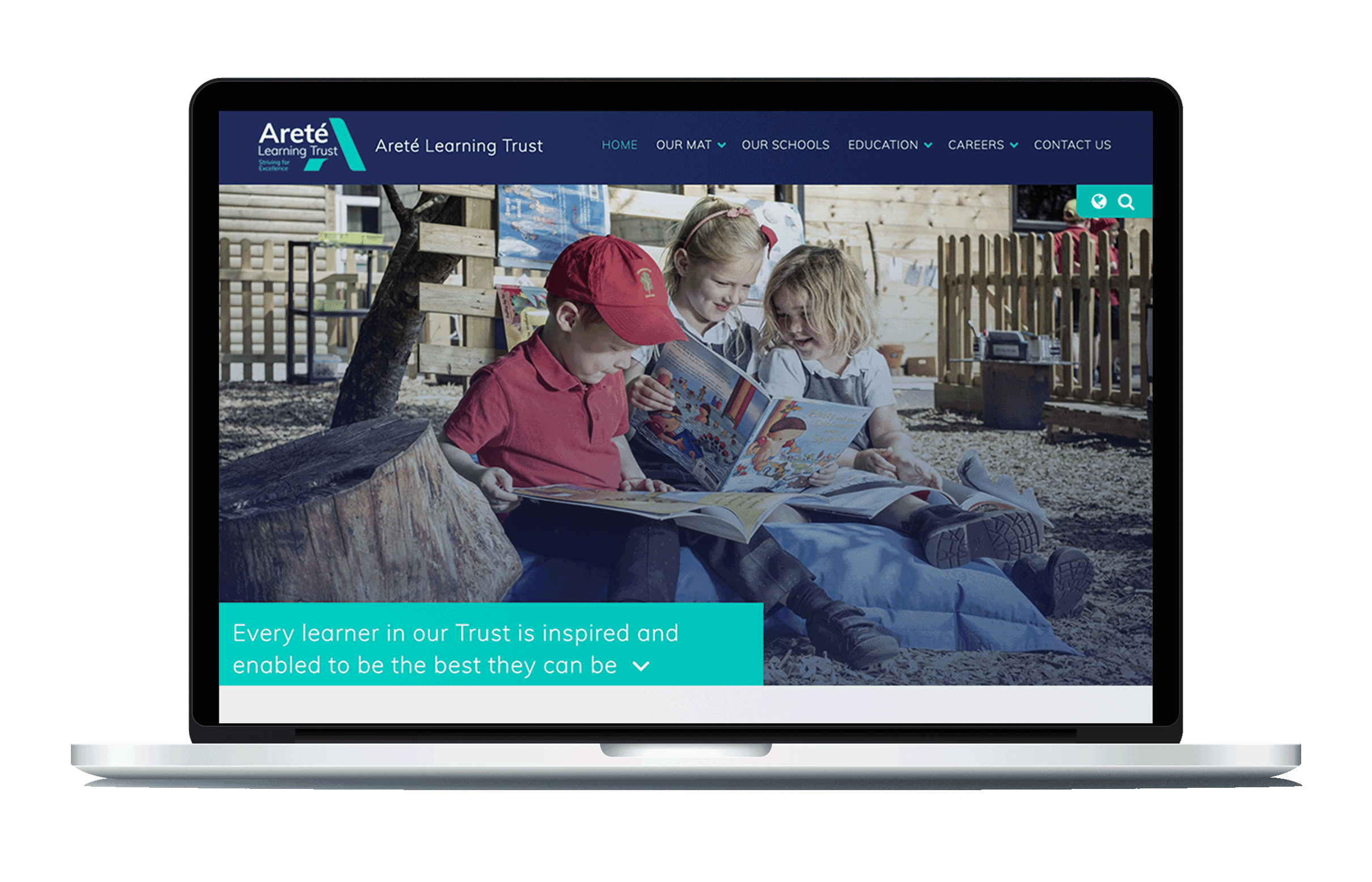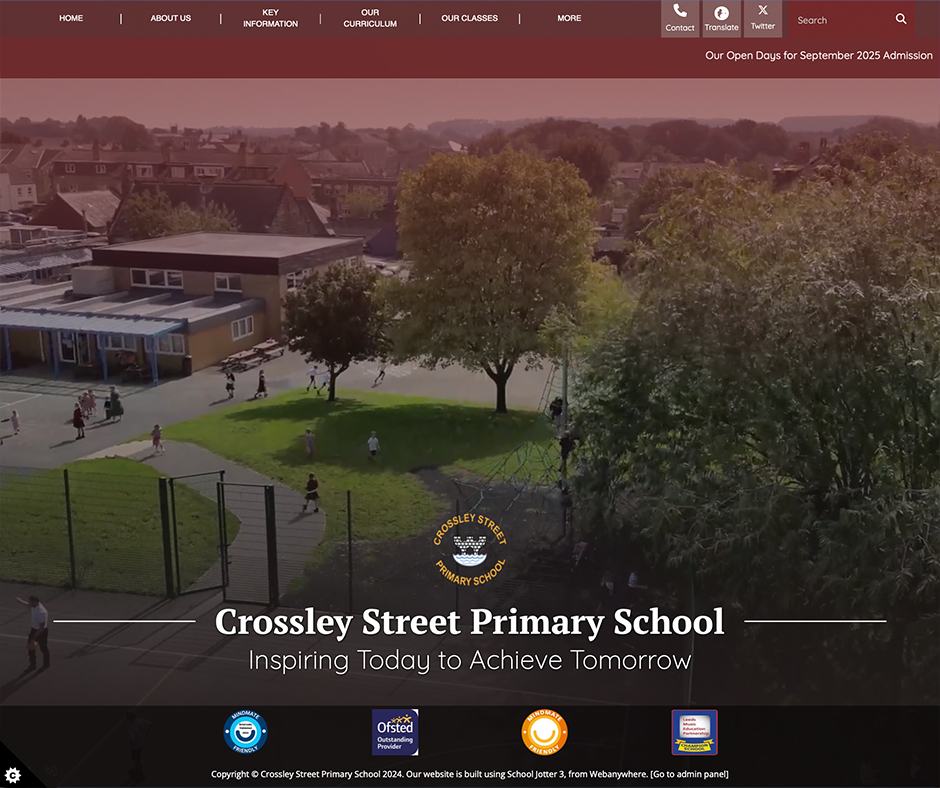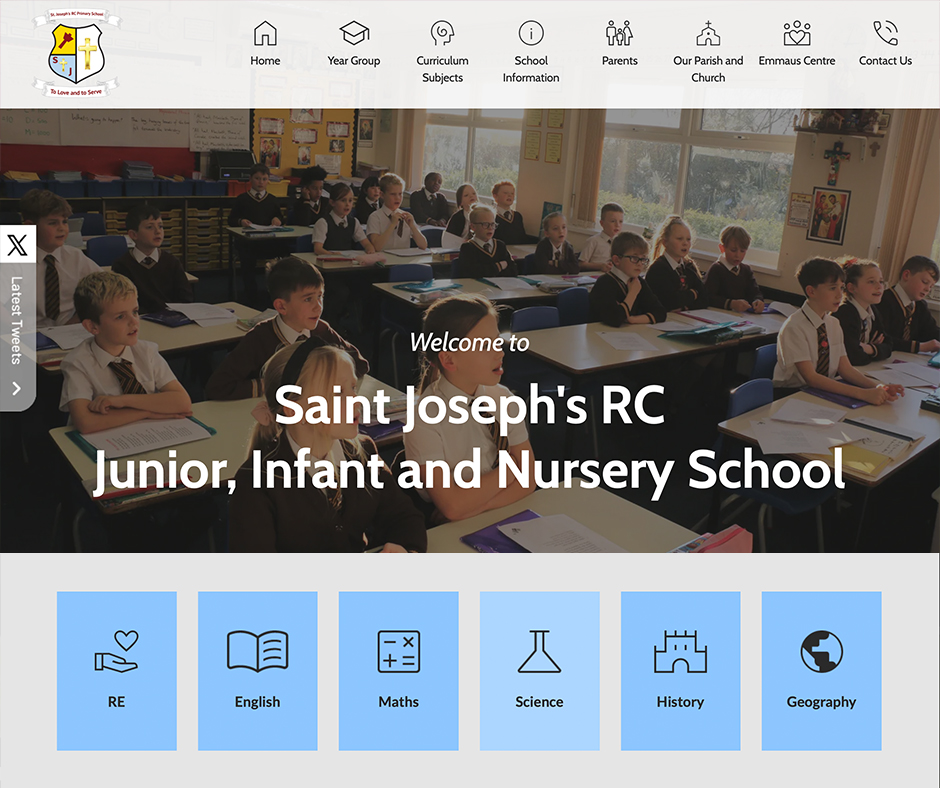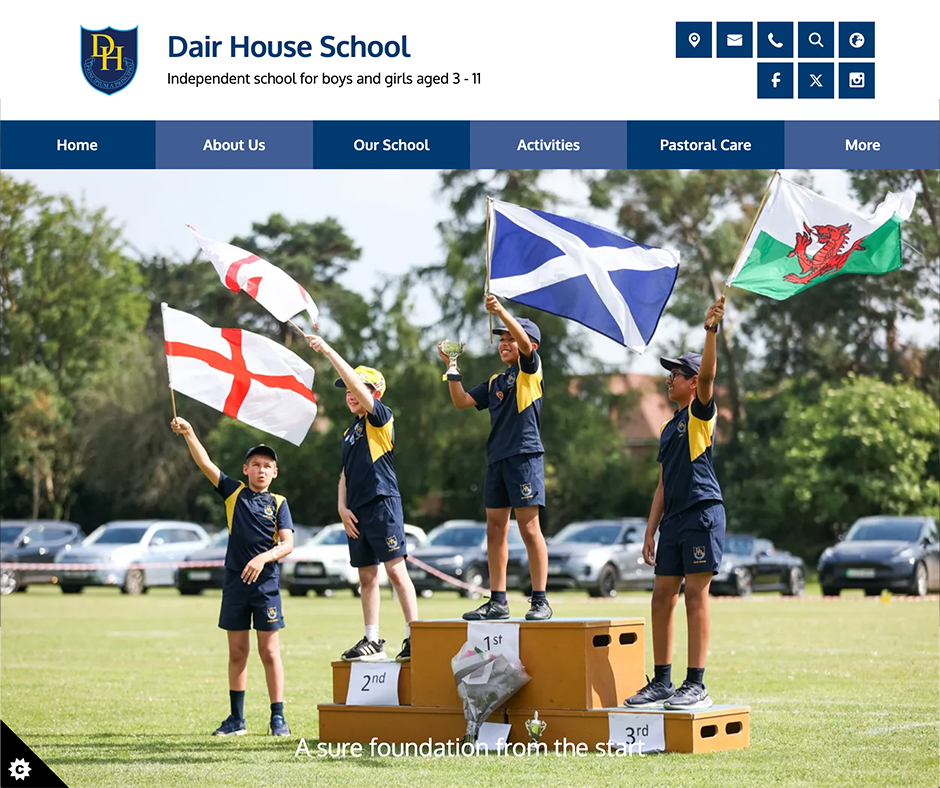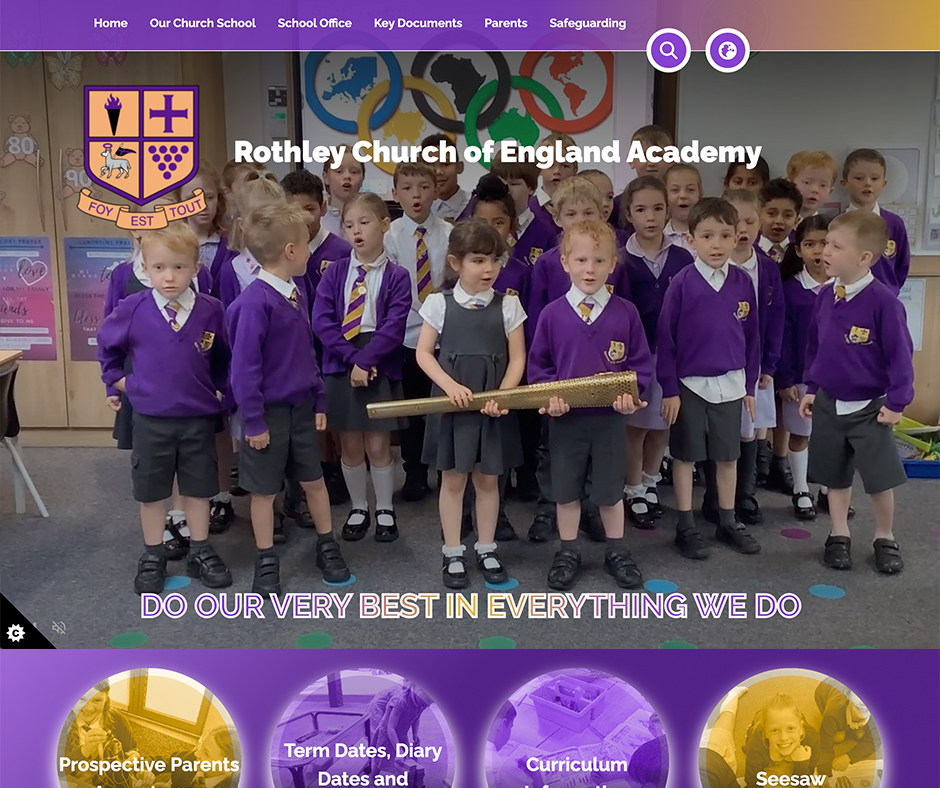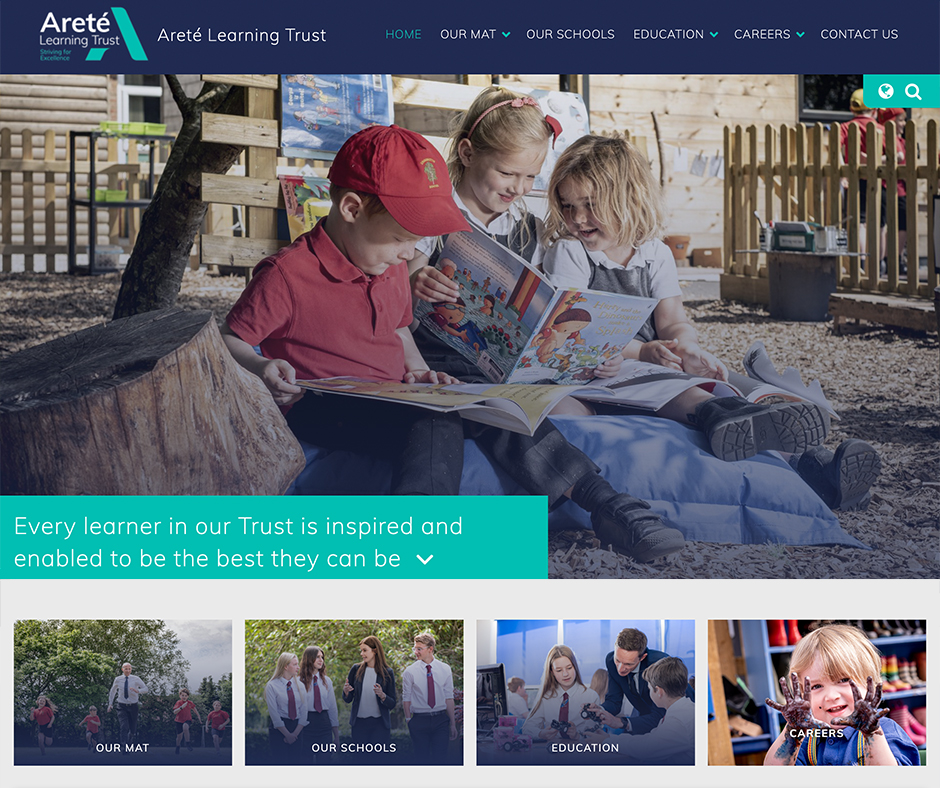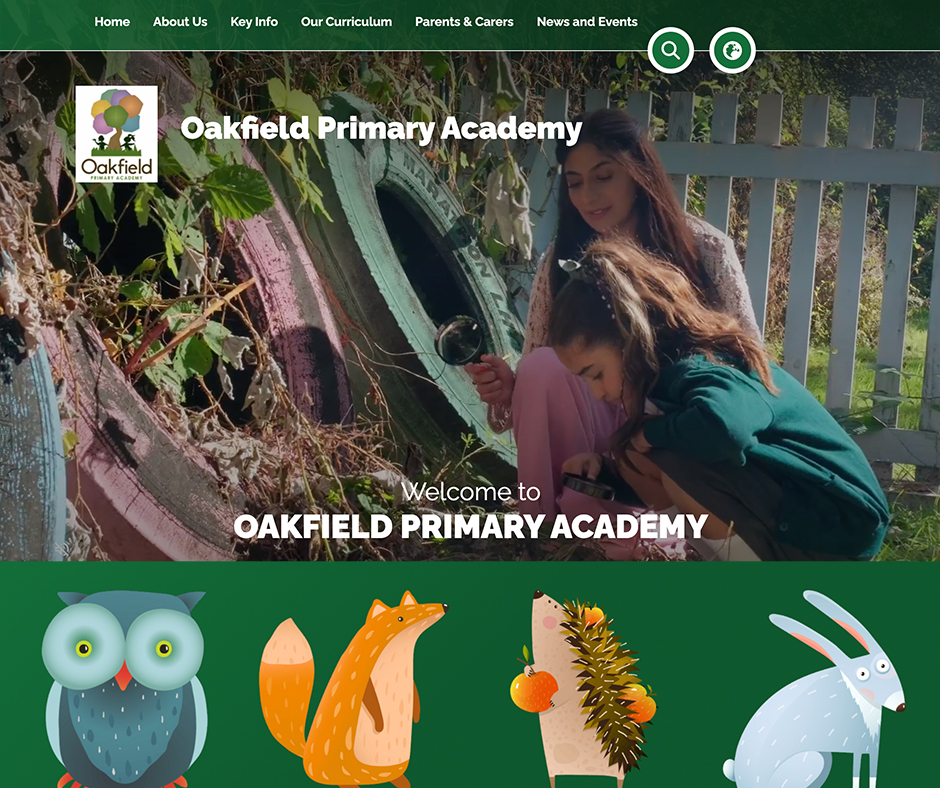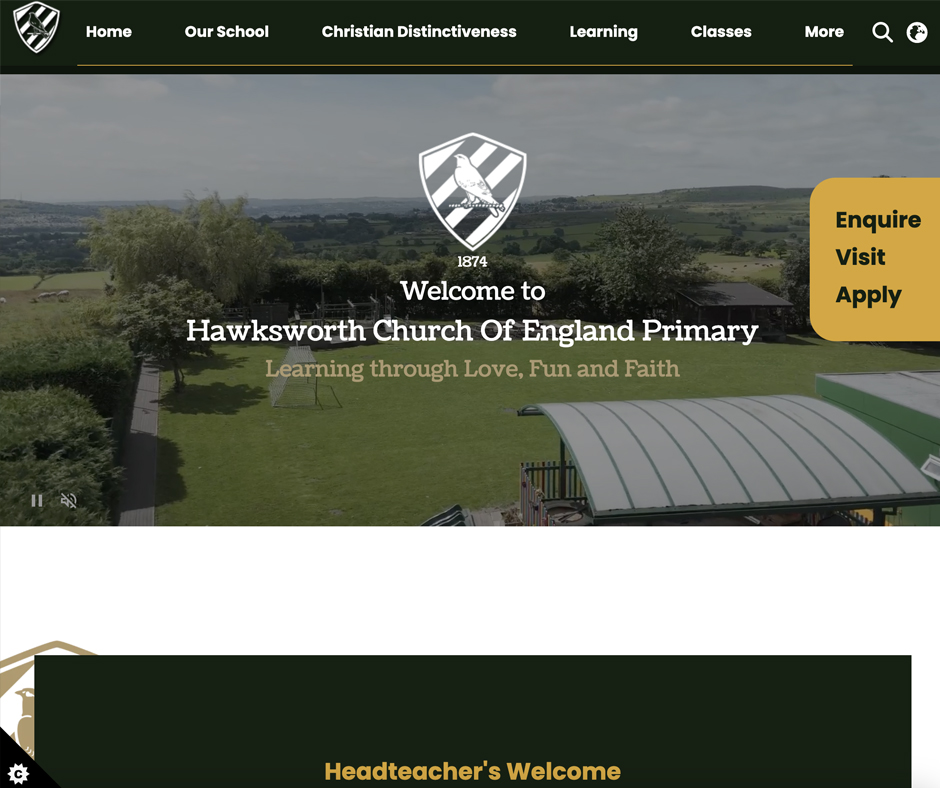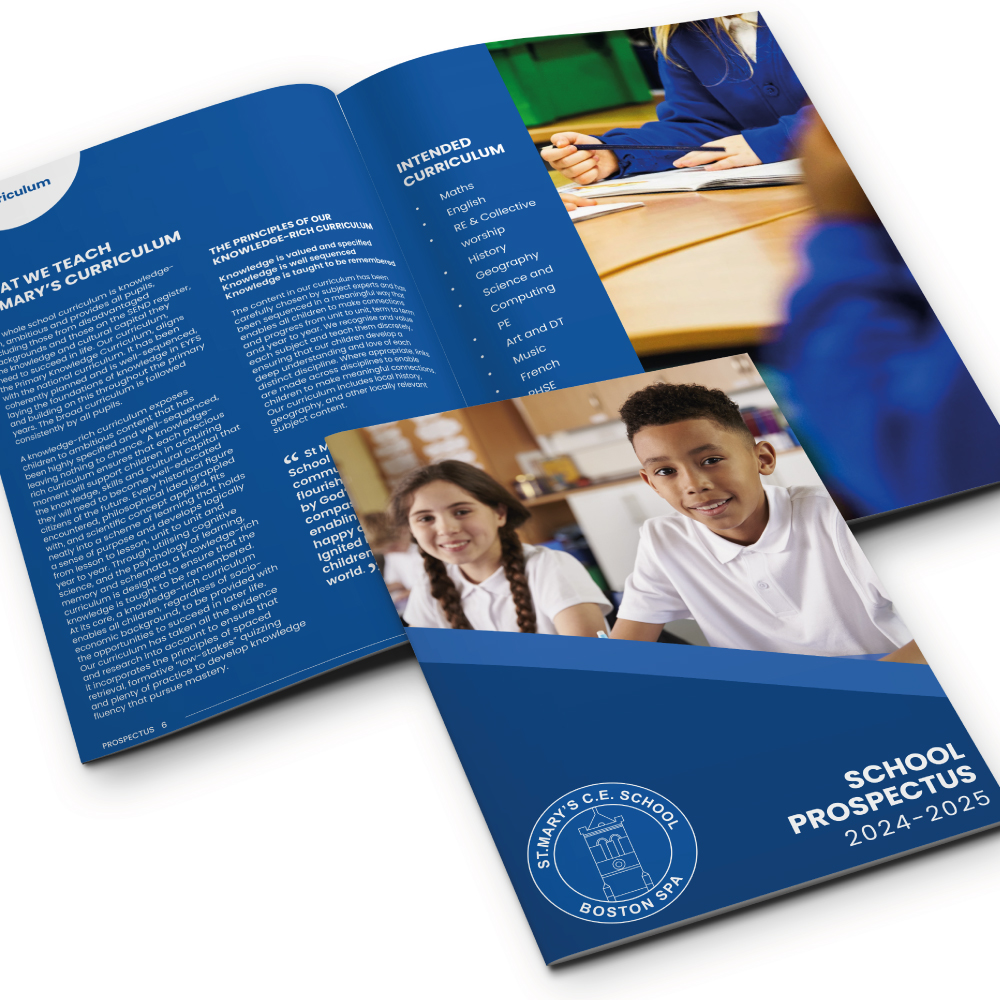A well-designed website is crucial for schools. It’s the central hub of all information that parents, students, and staff need to access and navigate.
A good school website increases communication and engagement with parents and the wider community. It has the most recent information, news, and tools regarding recent events and developments.
In this article, we will discuss the top 10 features that school websites should have in 2025 to guarantee that your school has an up-to-date, effective, and compelling online presence.
1: Mobile Responsiveness
It is important to have a website that is compatible with all devices including phones and tablets. Since more and more people use mobile internet, schools need websites that are easy to use and look good on small screens.
Mobile responsiveness enhances a user’s experience as it enables them to find their way around the site and locate the information they need regardless of the device they are using. It also improves accessibility to make sure everyone including parents and students who rely on their phones for instant information and updates can be able to use the website easily.
2: User-Friendly Navigation
Intuitive navigations are essential for helping website visitors find the information they need quickly and easily. A well-organised website ensures visitors aren’t frustrated searching for important details.
To achieve this:
- Organise content logically by grouping related information.
- Use clear, descriptive labels for menu items, and keep the menu structure simple.
- Ensure key sections like calendars, news updates, and contact information are easily accessible from the main menu.
This approach improves the user experience and makes it easy for parents, students, and staff to get the information they need.
3: Secure Portals for Students and Staff
Secure login areas are vital to protect private information and to give individuals access to the information in the school. Students and staff need a place to log in and access and control private information safely.
Secure portals may have areas for resources such as homework, grades, and internal communications. This makes it easier for students to assess their performance and get access to their work.
It also helps simplify communication and reduce the administration time needed by employees.
Secure portals are useful in protecting privacy and improving the operations of schools at the same time.
4: Comprehensive CMS
A good CMS is essential for a modern school website. They allow school staff to easily update and manage website content without technical knowledge. Teachers and staff can quickly post news updates and upload resources, keeping the school’s website site current and relevant.
Using a CMS designed specifically for schools has many advantages. These systems often include many useful features tailored to schools, such as integration with current systems, tools for managing class schedules and absence reports.
5: SEO Optimisation
SEO is can increase the number of visitors your school website gets. When your site appears higher in search engine results, it’s easier for people to find important information about your school.
To optimise your school websites content, use relevant keywords that parents and students might search for, such as “school calendar,” “homework help,“ or “school news.“ Write clear and informative meta descriptions for each page to give a snapshot of the content’s topic. It’s also important to regularly update your site with fresh content, like news articles and event updates. This to keeps your website relevant and engaging for both search engines and users.
6: Integrated Calendar System
A dynamic calendar informs your school community about important dates and events. It makes sure that everyone stays up-to-date with school activities, from holidays and teacher training days to sports events and school trips.
Integrating features like reminders and event notifications can make your school’s calendar even better. Parents can receive alerts about upcoming events and students can be reminded of homework deadlines and exam dates. This can improve both organisation and communication within the school community, meaning no one misses out on important information.
7: Social Media Integration
There are loads of benefits to linking your school’s social media accounts to the website. It allows people to stay updated and get real-time updates and is another platform to share news, events, and achievements with the local community. Integrating social media helps parents and students stay connected and engaged with school activities.
Social media integration also keeps content fresh. It’s a way to update your website by automatically displaying recent posts and updates from platforms like Facebook and Instagram. This not only increases community engagement but also showcases the daily life of your school to prospective families.
8: Multimedia Galleries
Photo and video galleries can visually showcase school events, achievements, and activities. They show a glimpse into daily school life, making it more appealing to current and prospective families.
Updating pictures and videos regularly is crucial to keep your school’s website current and engaging. Fresh content captures ongoing activities and can tempt visitors to return frequently to see the latest updates.
9: Multilingual Support
It’s important that non-English speaking parents and community members can view your school’s website so a translation feature is crucial. Having an international website means that everyone can access important information, making the website more inclusive.
This feature significantly improves communication by breaking down language barriers. Multilingual website support demonstrates your school’s commitment to diversity and inclusivity and creates a more welcoming and supportive community for all families.
10: SSL Certificates and Security
The security of your school’s website security is essential. Protecting data like student records, personal details, and internal communications is crucial to maintaining trust and confidentiality (plus it’s a legal requirement).
SSL certificates play a role in this protection. They encrypt data shared between the user’s browser and the website. This means that any information shared remains private and secure. Implementing a SSL certificate helps safeguard against data breaches and cyber threats, ensuring a secure online environment for your school websites users.
10 Must-Have Features for School Websites in 2025
A good school website needs to be mobile responsive, user-friendly, and equipped with secure portals for students and staff.
It should feature a complete CMS designed for schools, be optimised for SEO, and have an integrated calendar system.
Schools should review their current websites and consider incorporating these must-have features. Doing this will ensure their websites remain competitive, effective, and able to meet the needs of their community in 2025 and beyond.
Get in touch to discuss how School Jotter can help you build the perfect website for your school.







